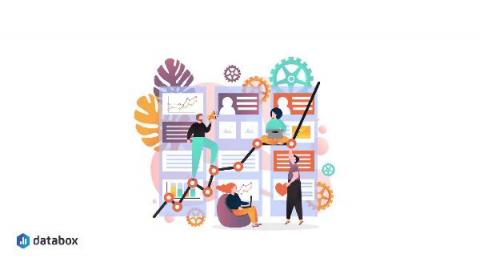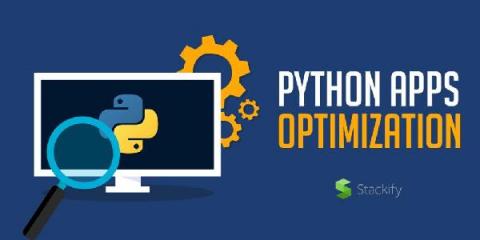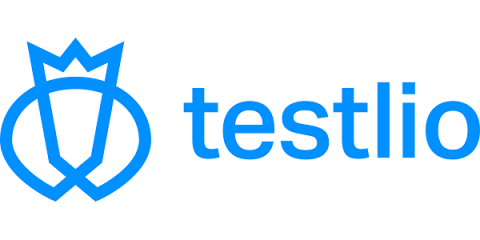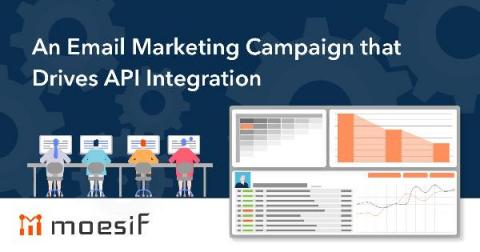Systems | Development | Analytics | API | Testing
%term
How Blerter Uses Databox to Track Goals, Benchmark Progress, and Improve Performance
How to optimize your Python apps
Python optimization is the solution to speed performance issues. But, when do you optimize, and what parts of the code should be optimized? This article will help you answer these questions. Developers always want to efficiently write neat code. However, things are quite different when working with a Python-based data science project. There will be situations where you need Python optimization. However, there are cases where optimization yields irrelevant results.
5 tools for strengthening the online retail experience
The top brands in the world strive to deliver more of what their customers want in the most convenient and delightful way possible. L’Oreal is relaunching 600 of their 3,000 different websites in just 3 years to impress their customers with a more personalized shopping experience, including AI-powered shopping assistants and color-matching. In this post, we introduce you to the tools that top retail brands are using to meet their digital experience objectives.
Stitch vs. Jitterbit vs. Xplenty: What's the Difference?
The key differences between Stitch, Jitterbit, and Xplenty: The average business pulls data from 400 different locations, which makes it tricky to generate valuable data insights. Data-driven organizations use an Extract, Transform, and Load (ETL) platform to pull all this information into a data lake or warehouse for deeper analysis. However, many businesses lack the technical skills (like coding) to facilitate this process. The three tools in this review make ETL workflows easier.
5 Best Practices for Integrating Data Science Into Your Marketing Analytics
Personalization enables marketers to send hypertargeted content and offers that are more likely to drive purchases and cultivate brand loyalty. Research by Accenture from 2018 shows that 91% of consumers are more likely to shop with companies that provide relevant offers and recommendations. Though personalization helps marketers optimize ad spend and drive improvements in customer lifetime value, basket size, and retention, it’s still untenable at scale in many organizations.
A year of API-driven digital transformation
2020 was a challenging year for many organizations as they faced sudden changes in consumer behavior and market dynamics. The shift to digital channels is nothing new, and even in 2019, digital was already the preferred option for commerce and collaboration across many industries—but in the wake of the global pandemic, these channels became the first and only option for many businesses. Preference gave way to necessity almost overnight.
How Checkr Built a Hybrid API Management System With Kong Gateway
This article was written by Ivan Rylach, a staff software engineer from Checkr. Checkr is the leading technology company in the background check industry. The company was moving to a services-oriented architecture. To scale this process, we switched to a declarative configuration for API management. As the staff software engineer at Checkr, I faced more scenarios where declarative configuration was not suitable by design. This post, and the video below, will explain these cases.
An Email Marketing Campaign that Drives API Integration
One of the most effective marketing strategies is to send emails based on the behavior of the recipient. By triggering on how your customers interact with your product, you’re able to share content that’s actually aligned with what they’re doing and thus more likely to resonate. By using automated email workflows it’s possible to share über-relevant content at scale with large cohorts of customers.
Android Studio and Xcode app debugging with Breakpoints: How to from Zero
To kick off our series on debugging for software developers, we tell you how to build breakpoints step by step using Xcode and breakpoint Android Studio to isolate key information about your app’s performance, and save crucial time during the process.











